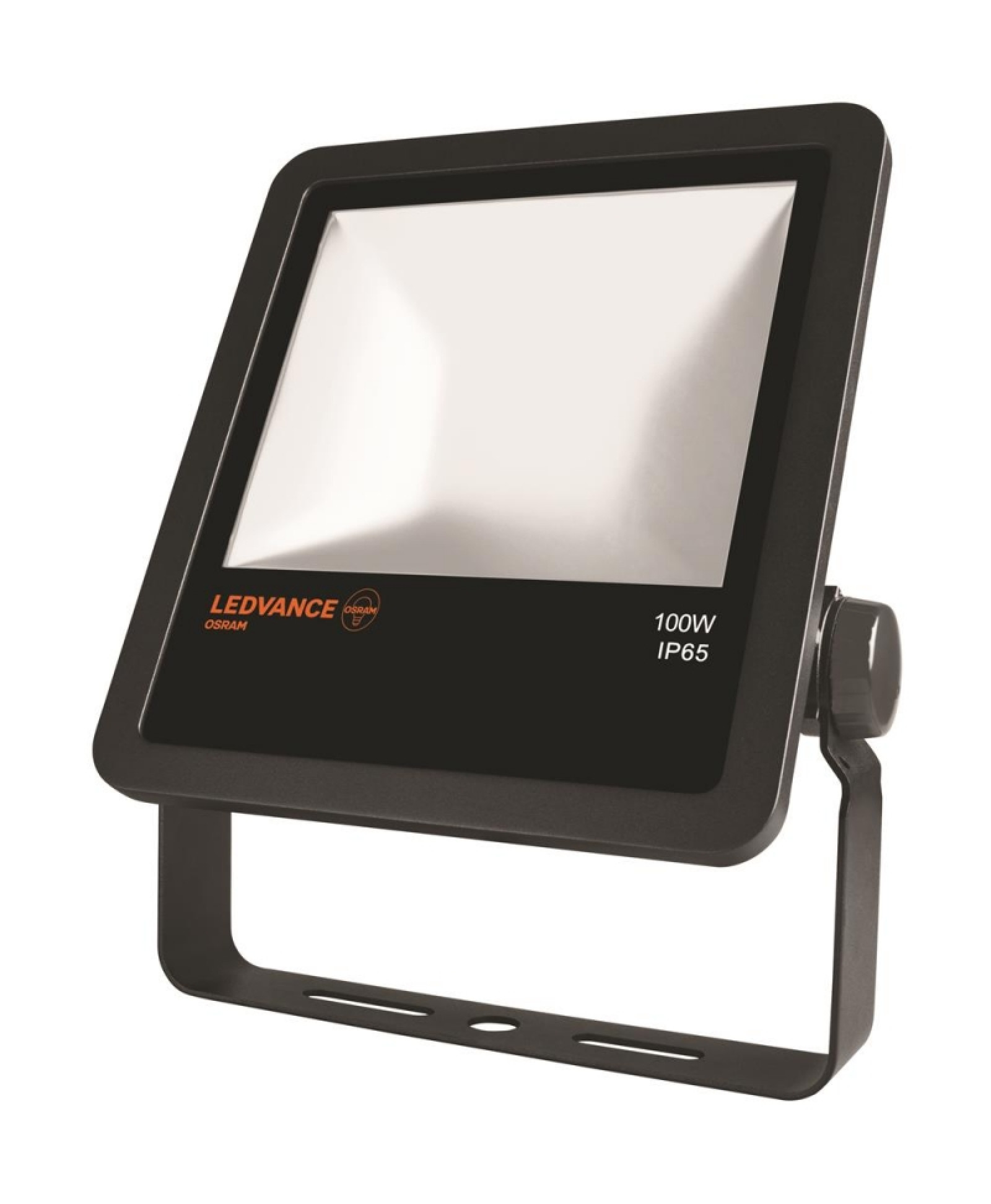With the clocks going back at the end of October, it is approaching the time of year when many of us will arrive at and leave our workplace in the dark.
The shortening daylight hours often prompt business owners and senior managers to consider the effectiveness of their companyÂs exterior lighting. TheyÂre right to do so: after dark poorly lit spaces invite crime and increase the likelihood of an accident.
According to the British Crime Survey, more than half of criminal offences take place in the hours of darkness, so itÂs hardly surprising that most police forces recommend the installation of security lighting as one of the more effective measures firms can take to deter unwanted visitors.
Research suggests that the presence of outside lighting convinces the would-be criminal that what he or she is about to do will be seen by someone or, perhaps, a CCTV camera, and this fear of being identified acts as a deterrent.
ÂSecurity lighting is one of the most useful steps businesses can take against intruders, says EcolightingÂs Tom Tierney.
ÂBut, he adds, Âmake sure your security lighting doesnÂt undermine the effectiveness of your CCTV systems  remember that a bright glare from a badly located security light might well impact on a cameraÂs ability to record a clear image.Â
ÂExterior lighting is usually scrimped on because of the energy costs and maintenance. Normally floodlighting is mounted up high on posts or walls to prevent interference and maximize light distribution but this creates issues with lamp replacement, cleaning and repair. Most of these issues can be avoided with new LED floodlighting. The market is saturated with cheap LED floodlights, but donÂt be fooled. Good quality floodlighting will pay for itself in light output and reliability in the long termÂ.
To minimise energy consumption, good security lighting should be controlled by sensors.
ÂThere are two types of sensor typically used in outdoor security lights  a PIR sensor and photocell, explains Tom Tierney.
He continues: ÂThe PIR sensor is essentially a motion sensor and so movement within a given range will trigger the light for a short, often adjustable time. Alternatively, a photocell measures ambient light levels and triggers light on and off at dusk and dawn.
When it comes to the wellbeing of staff and visitors to your site now that the dark evenings are with us, it is important that all areas are lit at approximately the same level. Light that is not uniform creates shadows that can render steps, curbs, or even fallen branches from a nearby tree, serious safety hazards.
ÂTo avoid slips and trips or more serious mishaps, it is essential that outdoor spaces are clearly illuminated, says Tom Tierney. ÂTo this end, it is recommended that you pay special attention to the lighting around the buildingÂs perimeter; entrances used by vehicles and/or pedestrians; any on-site roadways; open yards and car parks; and, of course, loading docks. Usually bulkhead style lighting is used to add extra illumination to these key areasÂ
ÂAnd, of course, throughout the year, make regular checks to ensure that all outdoor light fittings are in perfect working order.Â











